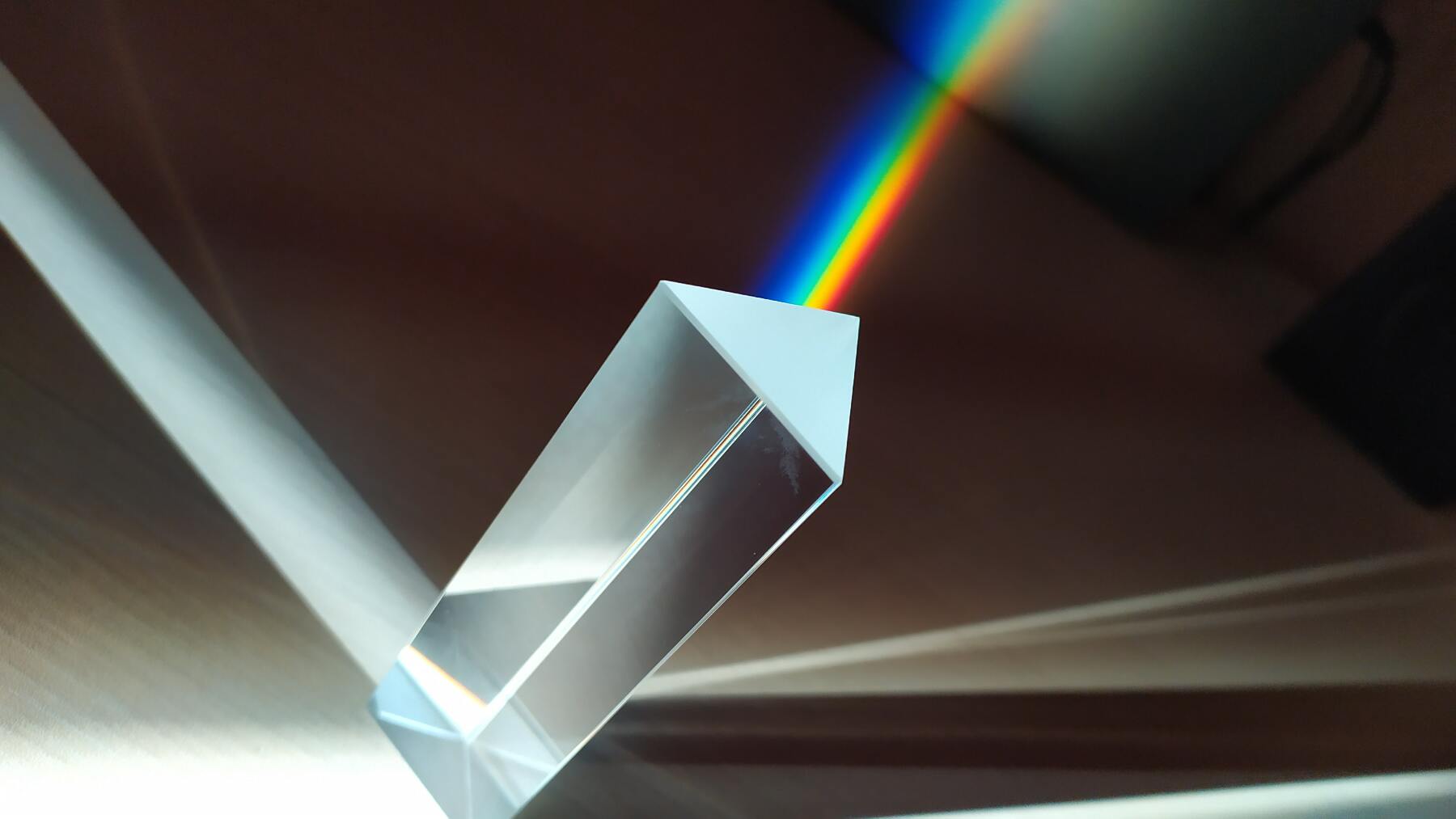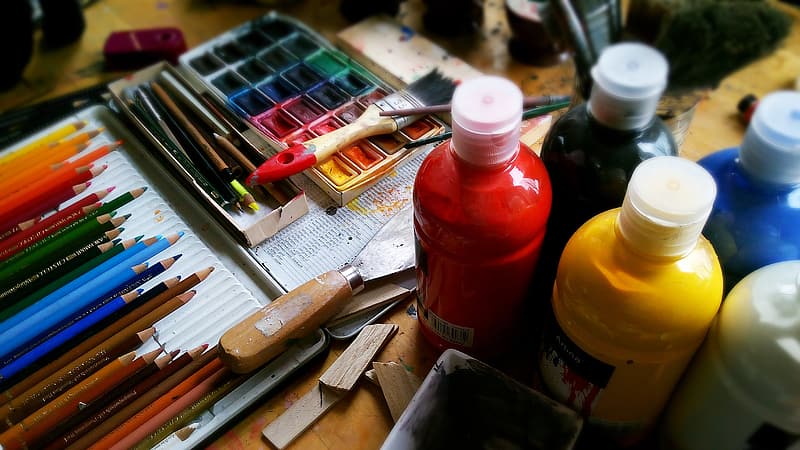Color, Light, and Sight
Based on the Biology of Sight, Color Theory, and Light and Color pages.
The Biology of Sight



The Oatmeal has a great educational comics on an animal with even more color sensitivity.

An example of Red, Green, Blue mixing
255+255+255=
void setup() {
SpinWheel.begin();
}
void loop() {
SpinWheel.drawFrame(); }
Color Theory
The science of mixing paints and lights

Perceiving Color

Mixing Colors With Light Sources

A white ball illuminated by three colored lights
255+255+255=
Mixing Colors with Pigments
| Primary Pigment Color (a.k.a. subtractive) |
Complemented by Primary Light Color (a.k.a. additive) |
|---|---|
| Cyan (absorbs red and reflects green and blue) |
Red |
| Magenta (absorbs green and reflects red and blue) |
Green |
| Yellow (absorbs blue and reflects red and green) |
Blue |
Three overlapping colored stains on white paper
255+255+255=

Light and Color
The physics of colored light

the creation of wondrous technology and art. image credit Pikrepo
White Light is a Mixture of Colors

Light is an Electromagnetic Wave
Waves are traveling motion
A wave is a repetitive motion traveling through a medium. Some examples are shown in the table below.
| Type of Wave | Medium |
|---|---|
| Ocean wave | Water |
| Sound wave | Air |
| Light | ? |
Properties of Waves
Pick a wavelength :
300nm 800nm
nm
